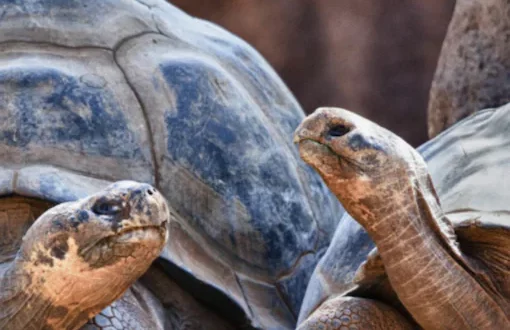The length of life varies in animals. It has been observed that in cold blooded animals, the lifespan is longer according to the size. A team of many scientists studied decades of data from 77 different species to try to find the secret of longevity in cold-blooded animals and found that longevity is related to their cold blood.
Reptiles and amphibians are cold blooded creatures in the world that live longer than other organisms. An in-depth and comprehensive study has been done to find the answer to this question. Scientists have got such information from this study which is shedding new light in the explanation of this puzzle. 114 Scientists have collected decades of data from 107 different populations of 77 different species around the world to find out why cold-blooded creatures have such long lifespans.
“These different protection systems reduce mortality across generations of animals,” explains Beth Reinke, an evolutionary biologist at Northeastern Illinois University. This increases their chances of living a longer life and also changes their selection of terrain for slow aging development. It is too dramatic to say that some species do not grow old at all, and that once they have completed their reproductive process, their chances of dying do not change with age.
If one animal out of a hundred is likely to die at the age of 10, or one in a hundred animals is likely to die at the age of 90, it is said to be negligible puberty. On the other hand, in the case of average women in the US, this probability is one in 2500 for women in their 20s and one in 24 for women in their 80s. Negligible puberty was observed in at least one species of each ectotherm group including frogs, lizards, crocodiles and turtles
But the research did not support a different hypothesis that the control of body temperature in cold-blooded animals is dependent on external temperature and the associated low metabolism does not guarantee long life. The team found that ectotherms may live longer or even shorter lives than endotherms of similar size. The rate of puberty and longevity and the characteristic of long life were much higher than those of birds and mammals. The researchers found the only species of slow-growing tortoise with a slower metabolism was associated with a slower rate of aging and longer life, and the most powerful conserved phenotype was found.
Evolutionary biologist Anne Bronikowski of Michigan State University suggested that the altered shapes with the solid shell may have served to preserve and contribute to their evolutionary history. This includes negligible growth or an unexpectedly long life. The results of this study may be very useful in the future. Whether it leads to the growth of humans or the protection of cold blooded animals. Researchers now want to study this in depth and detail. They want to know the difference between soft-shelled and hard-shelled turtles in terms of age. This can give them more clear information.
Ecologist Mike Gardner from Flinders University in Australia said the long-term data and his studies have been instrumental in providing important results, including monogamous relationships in sloth lizards. These data will also prove beneficial to the efforts of conservation of reptiles amid their long life. This study is published in the journal Science.
 Indian Thought Latest News & Views
Indian Thought Latest News & Views


